HEPATITIS C TRANSMISSION TIGHTROPE GAME

Transmission Tightrope
Infoline 1800 803 990 Printed May 2018
This fun, easy-to-use game helps educate participants on the activities that can increase or reduce the risk of hep C transmission. Instructions are found on the other side of this card. The Hepatitis C
game was produced by Hepatitis NSW. Hepatitis NSW is a community-based health promotion charity funded by the NSW Ministry of Health. Hepatitis
TIME: 20 minutes
What you will need:
A large space. A wide hallway, large room or outdoors / Masking tape or string or rope /
Instructions:
Run the masking tape/rope along the floor/ground. Place the “HIGH RISK” card at one end, the “LOW RISK” card at the other and, in between, place the two signs: SOME RISK, LOW RISK. (TIP: this can be done before the groups arrives).
Explain we are playing a game to understand what activities could increase or reduce the risk of getting hep C (reinforce the message that hepatitis C is only transmitted by bloodto-blood contact).
Ask the group to stand up. Explain that the line running along the floor/ground is a tightrope of risk. Hand out the cards to the group (ask people not to turn the cards overthat’s where the answers are!)
Ask people to decide what level of risk the activity on their card would have for hep C transmission. Invite the group to arrange themselves along the ”tightrope” according to where they think the activity on their card “fits”.
Once everyone is settled on the tightrope, ask people to explain their reasoning and invite others to comment.
Ask everyone to turn their cards over. Discuss the answers and invite people to change position if they’d like. Encourage group discussion.
Thank everyone for their participation.
Facilitator challenge:
You will need to sensitively correct wrong or misleading information that might emerge from group discussions. You can also encourage deeper understanding by asking questions that explore important issues particularly relevant to people in your group.
Discussion questions:
• Emphasise “blood-to-blood” contact.
• What are the key factors that can make an activity high risk for contracting hep C?
• What are the key factors that can reduce risk levels for these activities?
• What resources would a person need to reduce risks in the various scenarios?
• What could a person do in their job/community/friendgroup to reduce risk?
If you have feedback on the Transmission Tightrope Game, please email your comments to info@hep.org.au
The aim of this game is to understand what activities can increase or reduce the risk of hepatitis C transmission.
DONATING BLOOD
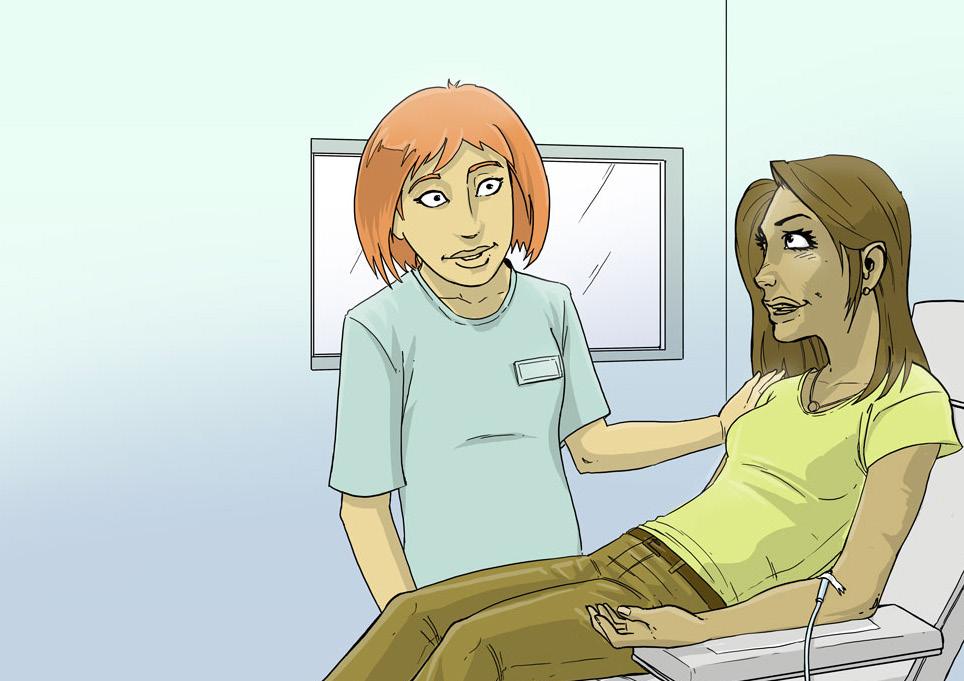
DONATING BLOOD
There is no risk of having hep C passed on when you donate blood. Blood collection services in Australia use standard precautions including the use of sterile blood collection equipment when collecting blood. All Australian blood banks screen potential blood donors and test all donated blood.
There is no risk of getting hep C when donating blood.
NO RISK
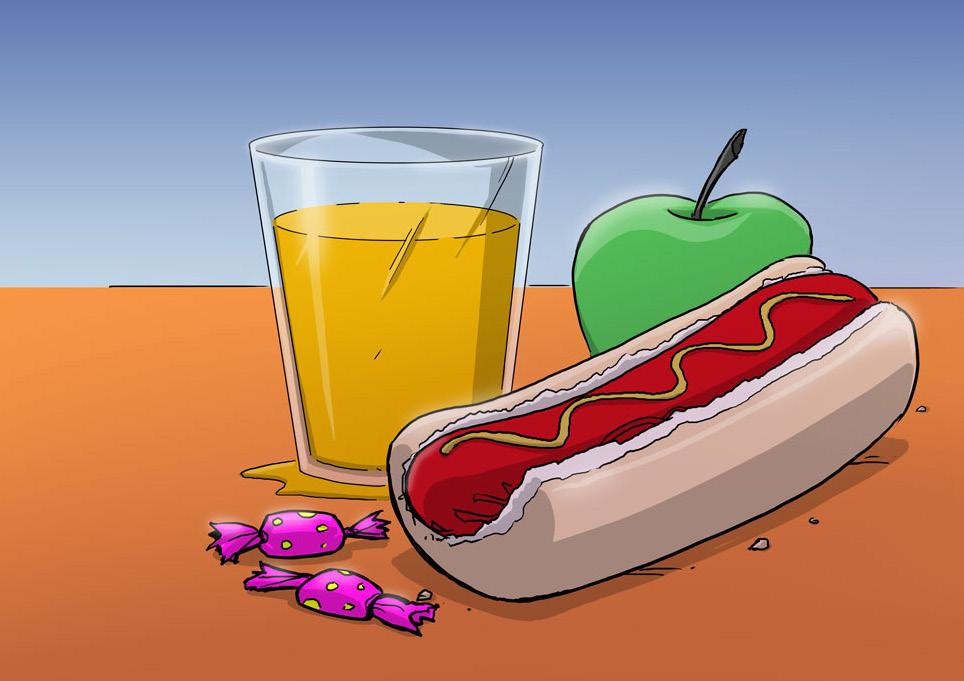
DRINKS
& FOOD
DRINKS & FOOD
Hep C is a blood borne virus and cannot be passed on through contaminated food. Hep A lives in faeces, and could possibly be passed on through food if someone has hep A and does not wash their hands properly after going to the toilet before preparing food.
The best way to prevent hepatitis A is by getting vaccinated. NO RISK
SWIMMING POOLS
Hep C is a blood borne virus. This means that blood from someone with hep C needs to get into the bloodstream of someone else for hep C to be passed on.
Hep C is not passed on through social contact such as touching, kissing, hugging, sneezing, coughing, or sharing food or drinks. Because of this, there is no need for separate crockery, cutlery, towels, or other household items, or to wash your clothes separately.
Hep C cannot be passed on via swimming pools.
NO RISK
A STERILE TATTOO

HAVING
HAVING A STERILE TATTOO
If you’re getting a tattoo or piercing you should check that the worker uses standard infection control practices.
Choose a tattoo or body piercing studio that looks clean, hygienic and well lit. Ask the worker if they use new needles each time. If they reuse needles, ask how they are sterilised.
Ideally, you should be able to watch someone else being tattooed. While watching, you can check whether:
New disposable gloves are worn for each client.
Tattooing and piercing utensils come from sterile containers or bags.
The tattooist opens single-use sterile equipment in front of clients.
The tattooist uses small separate containers of ink for each client, rather than dipping into one big container that is used for many clients.
The tattooist explains the tattooing process to each of their customers.
NO
RISK
TOILETS
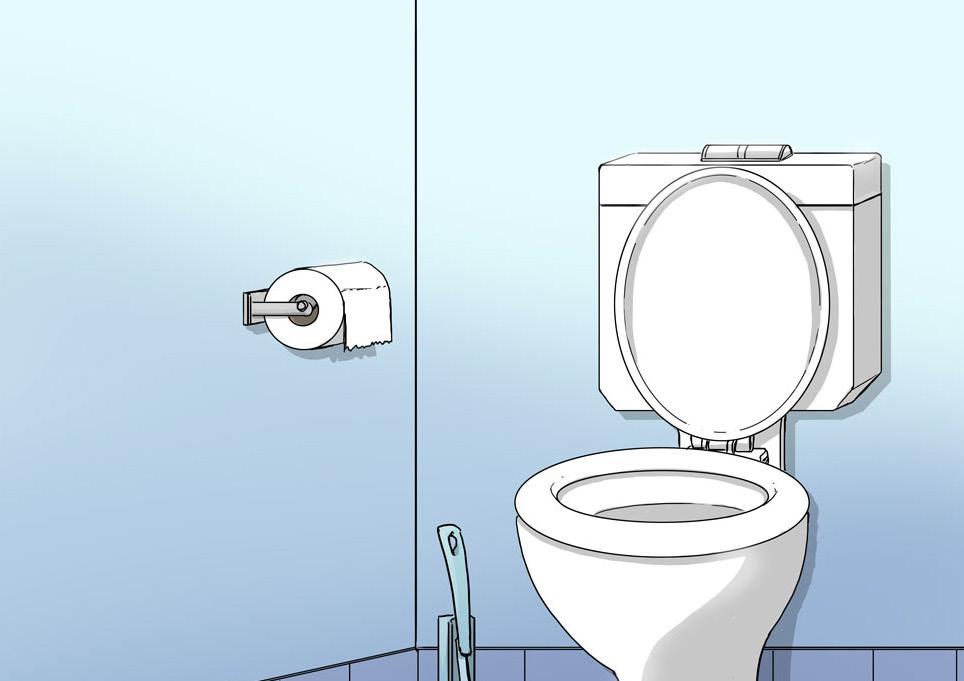
TOILETS
Hepatitis C is a blood borne virus.
Blood from someone with hep C needs to enter the bloodstream of someone else for hep C to be passed on.
There is no risk of passing on hep C by sharing toilet seats.
NO
RISK
& KISSING

HUGGING
HUGGING & KISSING
Hep C is a blood borne virus. This means that blood from someone with hep C needs to get into the bloodstream of someone else for hep C to be passed on.
Hep C is not passed on through social contact such as touching, kissing, hugging, sneezing, coughing, or sharing food or drinks. Because of this, there is no need for separate crockery, cutlery, towels, or other household items, or to wash your clothes separately.
Hep C cannot be passed on via hugging and kissing.
NO
RISK
MOSQUITO BITE
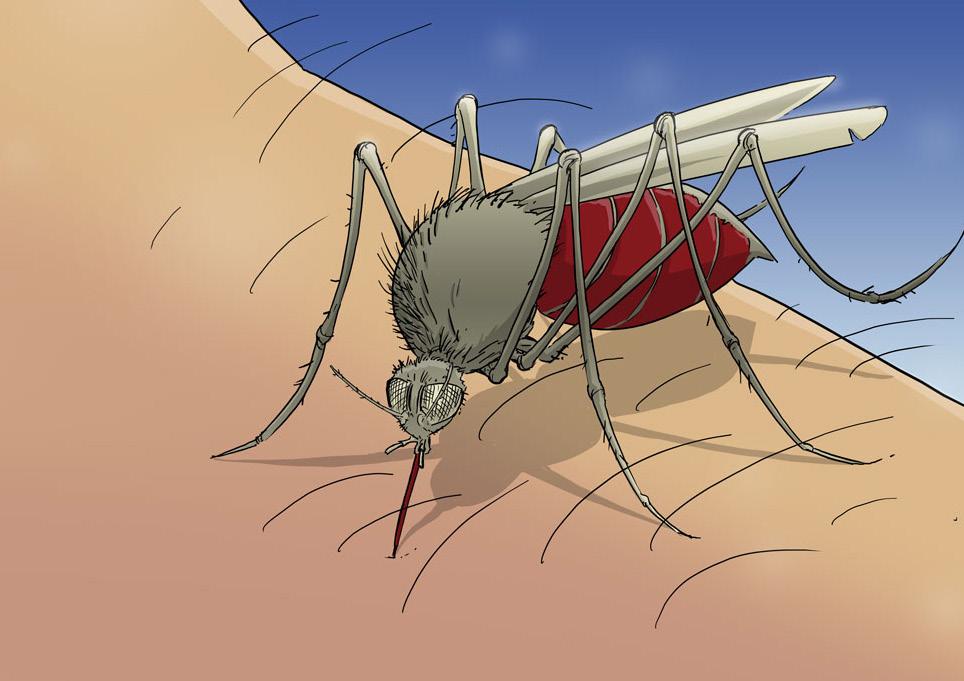
MOSQUITO BITE
Hep C cannot be passed on via mosquito bites.
When a mosquito bites a person, blood goes directly to a mosquito’s stomach where it is broken down along with many viruses. Although certain organisms (such as malaria) can live in the salivary glands of mosquitoes and are passed on when the insects feed, hep C is not found in these glands and cannot be passed on in this way.
NO
RISK
SHARING DRINKS & FOOD
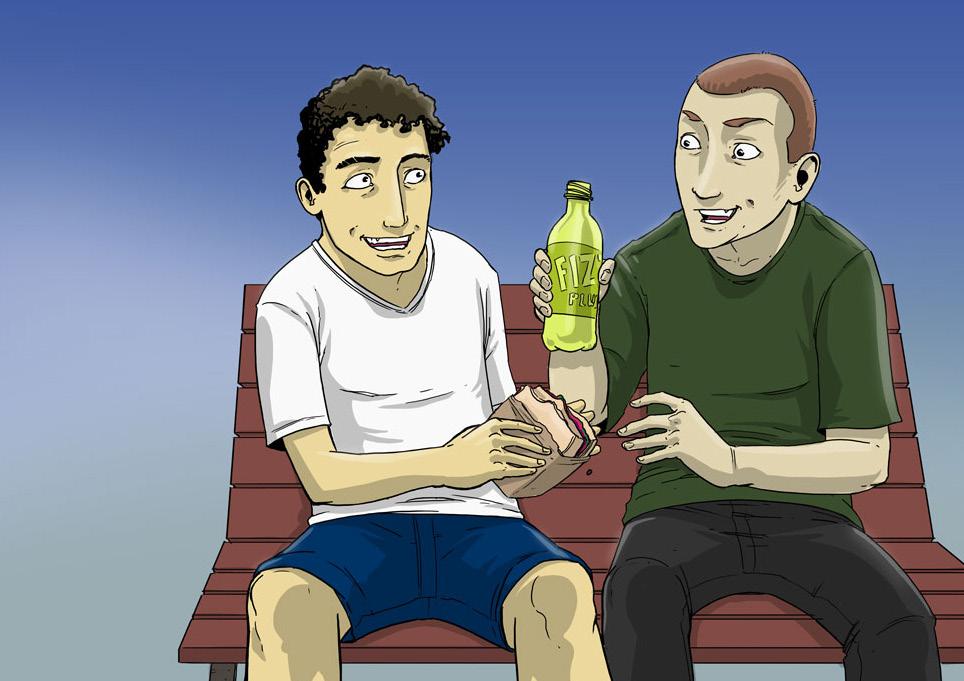
NO RISK
SHARING DRINKS & FOOD
Hep C is a blood borne virus. This means that blood from someone with hep C needs to get into the bloodstream of someone else for hep C to be passed on.
Hep C is not passed on through social contact such as touching, kissing, hugging, sneezing, coughing, or sharing food or drinks. Because of this, there is no need for separate crockery, cutlery, towels, or other household items, or to wash your clothes separately.
There is no risk of passing on hep C by sharing drinks & food.
SNEEZING AND/OR AIR BORNE

SNEEZING AND/OR AIR BORNE
Hep C is a blood borne virus. This means that blood from someone with hep C needs to get into the bloodstream of someone else for hep C to be passed on.
NO RISK
Hep C is not passed on through social contact such as touching, kissing, hugging, sneezing, coughing, or sharing food or drinks. Because of this, there is no need for separate crockery, cutlery, towels, or other household items, or to wash your clothes separately.
Hep C cannot be passed on via sneezing or through the air.
USING A CONDOM WHEN HAVING SEX
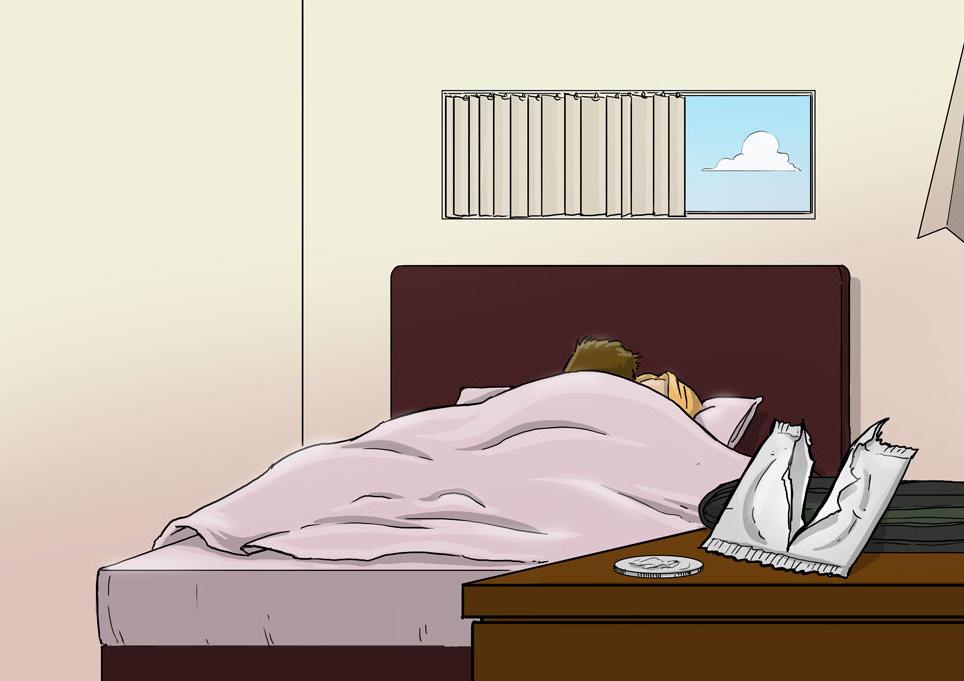
USING A CONDOM WHEN HAVING SEX
Hep C is not classified as a sexually transmissible infection (STI).
Hep C is a blood borne virus. Blood from someone with hep C needs to enter the bloodstream of someone else for hep C to be passed on.
There is no risk for hep C if there is no blood around during sex.
NO
RISK
BLOOD TRANSFUSION IN AUSTRALIA (AFTER 1990)

BLOOD TRANSFUSION IN AUSTRALIA (AFTER 1990)
NO RISK
blood banks began testing donated blood for hep C
blood transfusions and blood products carried
donated blood
hep
cases of hep C transmission via blood transfusions since current testing protocols
implemented
Before
(in 1990),
some risk. Around one in 15 Australians with hep C are believed to have acquired it this way. Blood banks now test all
for
C, and there have been no
were
in 2000.
SHARING A RAZOR OR TOOTHBRUSH

SHARING A RAZOR OR TOOTHBRUSH Avoid sharing your razors and toothbrushes. Because brushing your teeth can cause bleeding gums, and shaving can cause cuts - sharing these items can lead to possible blood-to-blood contact. It is very rare for hep C to be transmitted through sharing household items. VERY LOW RISK
COMMUNITY NEEDLE STICK INJURY
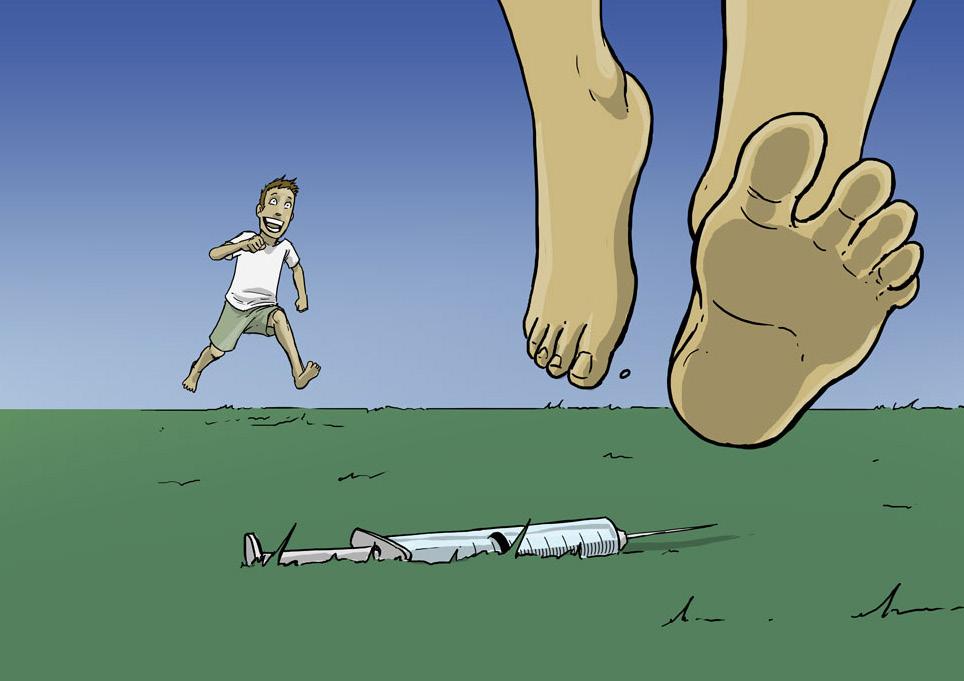
RISK
COMMUNITY NEEDLE STICK INJURY
(i.e. stepping on a needle at the park, on the beach etc)
Stepping on a needle is a very low risk for hep C. The risk is so low because the needle is likely to have been exposed to heat or cold, rain, sun etc, and might not have been used for a long time. Also, the person who last used the needle might not have had hep C.
There have been very very few cases of hep C transmission from needle stick injuries in the community. VERY LOW
BREASTFEEDING

VERY LOW RISK
BREASTFEEDING
Hep C is not passed on through breast milk.
The benefits of breastfeeding mean that mothers with hep C are encouraged to breastfeed, unless the nipples are cracked and/or bleeding.
SEX WITHOUT A CONDOM
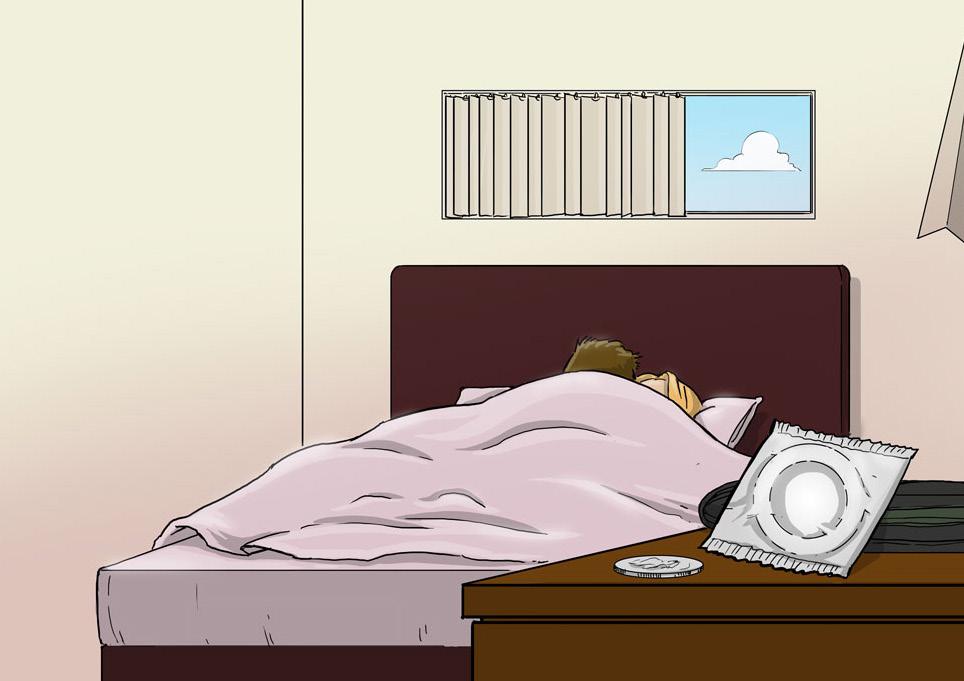
RISK
SEX WITHOUT A CONDOM
Hep C is not classified as a sexually transmissible infection (STI).
Hep C is a blood borne virus. Blood from someone with hep C needs to enter the bloodstream of someone else for hep C to be passed on. There is some evidence of sexual transmission among men who have sex with men where HIV is present.
Sex is a low risk activity for hep C transmission if there is no blood around during sex. Sex without a condom is a risk for other STIs and BBVs such as chlamydia, gonorrhoea, HIV and hepatitis B.
VERY
LOW
BLOOD IN SPORTS
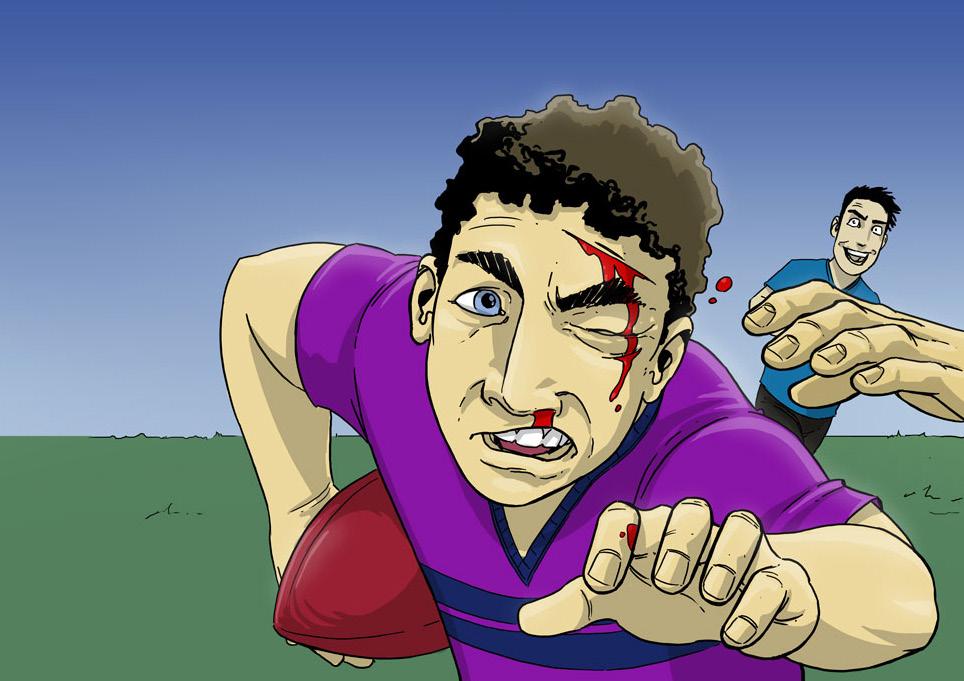
BLOOD IN SPORTS
RISK
Hep C isn’t a big risk with sports that have ‘blood bins’ where players are sent off field if they are bleeding. In sports where there is no blood bin (e.g. street fighting, boxing, cage fighting etc), there is a risk of blood-to-blood contact. Blood-to-blood contact may occur during sports, for example, head clashes where both players are bleeding. There is a risk that hep C may be passed on through this blood-to-blood contact. Hep C can be treated and cured.
MEDIUM
FIGHTING

RISK
FIGHTING
Blood-to-blood contact might happen during fighting, for example, when a bleeding fist comes into contact with a bleeding mouth.
There is a risk that hep C may be passed on through this blood-to-blood contact. This risk is increased where there are high rates of hep C such as within prison.
Hep C can be treated and cured.
MEDIUM
HAVING AN OPERATION OVERSEAS
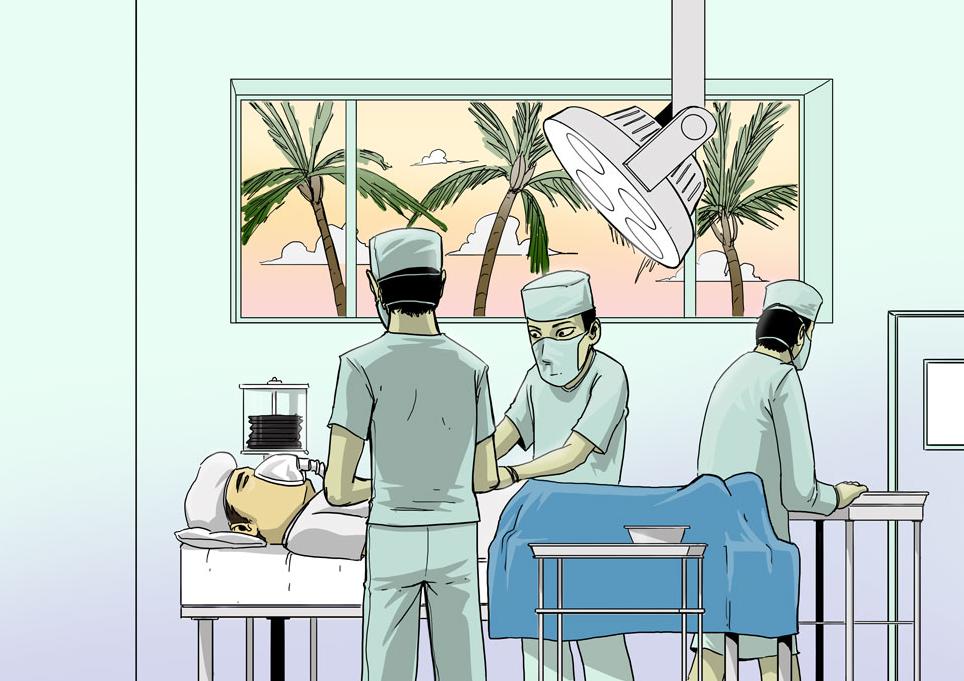
HAVING AN OPERATION OVERSEAS
RISK
In some developing countries, the blood used for transfusions is not properly screened for hep C. Also, sometimes surgical equipment is not properly sterilised, which means there’s a risk it might be contaminated with hep C or other viruses. Around one in ten Australians with hep C are believed to have acquired hep C in overseas countries before migrating to Australia.
MEDIUM
BLOOD TRANSFUSION IN AUSTRALIA (PRE 1990)
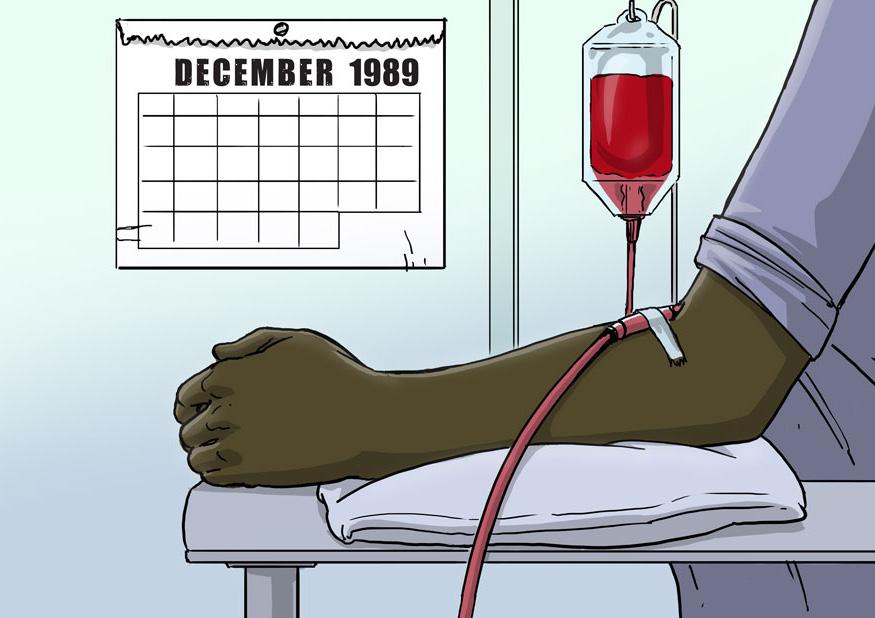
BLOOD TRANSFUSION IN AUSTRALIA (PRE 1990)
Before
MEDIUM
blood banks began testing donated blood for hep C (in 1990), blood transfusions and blood products carried some risk. Around one in 15 Australians with hep C are believed to have acquired it this way. Blood banks now test all donated blood for hep C, and there is less than a one in one million chance that you might contract hep C from a blood transfusion or use of a blood product. Hep C can be treated and cured.
RISK
BIRTH

GIVING
MEDIUM RISK
GIVING BIRTH
Hep C can be passed on to a baby from its mother during birth, but this is not common.
Of 100 babies born to mothers with hep C, only around four to six will contract the virus.
SHARING INJECTING EQUIPMENT

SHARING
EQUIPMENT (spoons, swabs, tourniquets, filters, water) As well as needles and syringes, all equipment used for injecting can spread hep C. This includes spoons, filters, water, tourniquets and swabs. Hep C can also be passed on through blood on people’s fingers or surfaces getting on other people’s equipment. HIGH RISK
INJECTING
BLOOD RITUALS
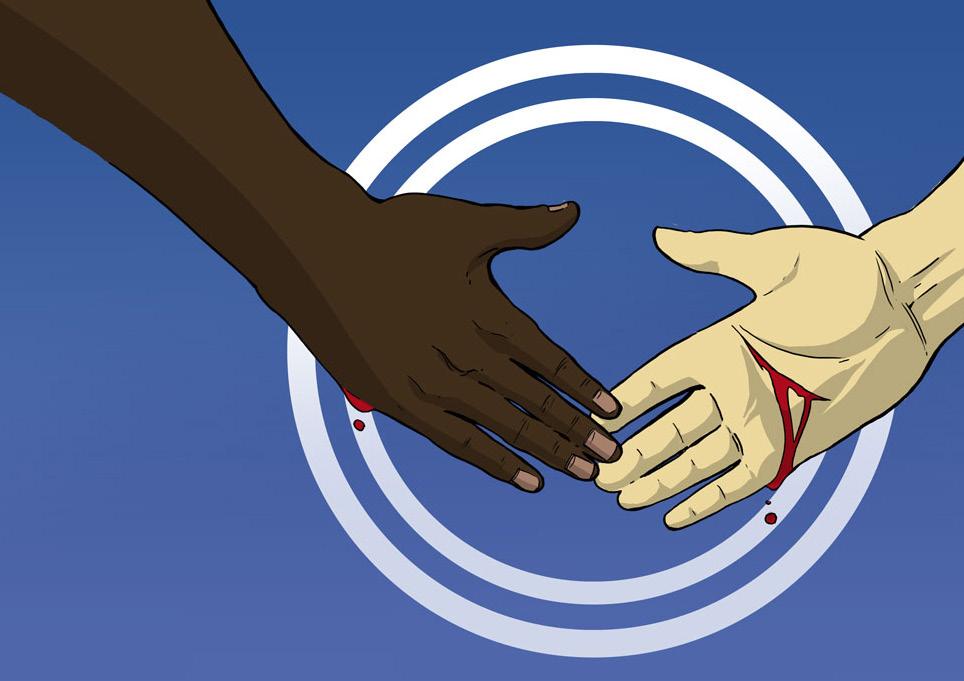
BLOOD RITUALS
Hep C is a blood borne virus.
RISK
This means that blood from someone with hep C needs to get into the bloodstream of someone else for hep C to be passed on.
This means blood brother, blood sister or other rituals involving sharing blood are a high risk for hep C.
HIGH
SHARING AN OBJECT FOR SELF-HARM
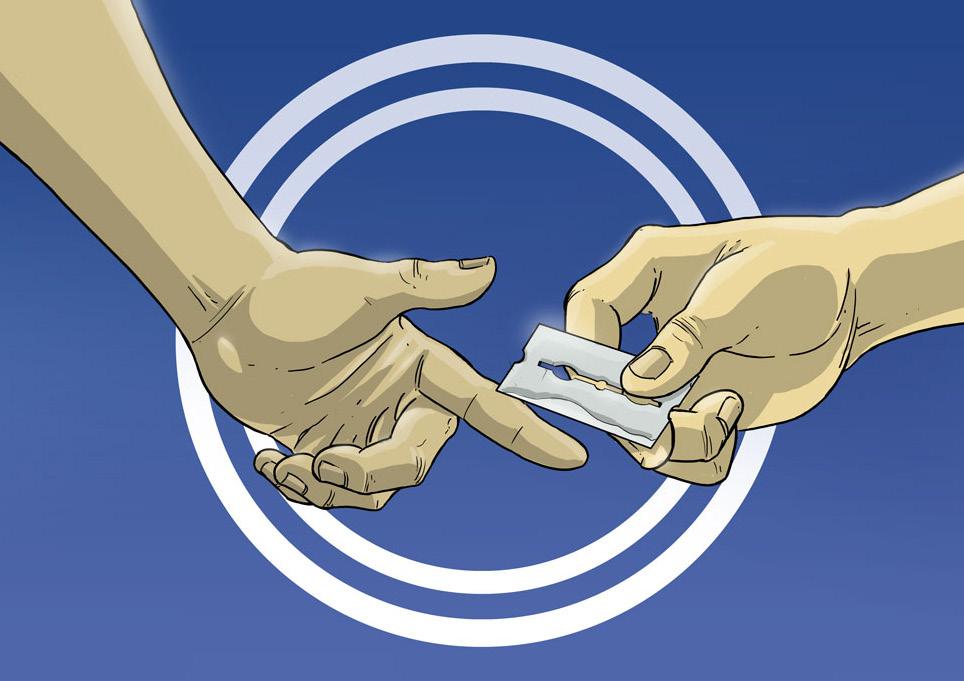
(such as blades)
Hep C is a blood borne virus.
This means that blood from someone with hep C needs to get into the bloodstream of someone else for hep C to be passed on. Objects used for self-harm often cut the skin, coming into contact with blood.
SHARING AN OBJECT FOR SELF-HARM
for self-harm means there might be blood-to-blood contact and a
for
HIGH
Sharing objects
risk
hep C.
RISK
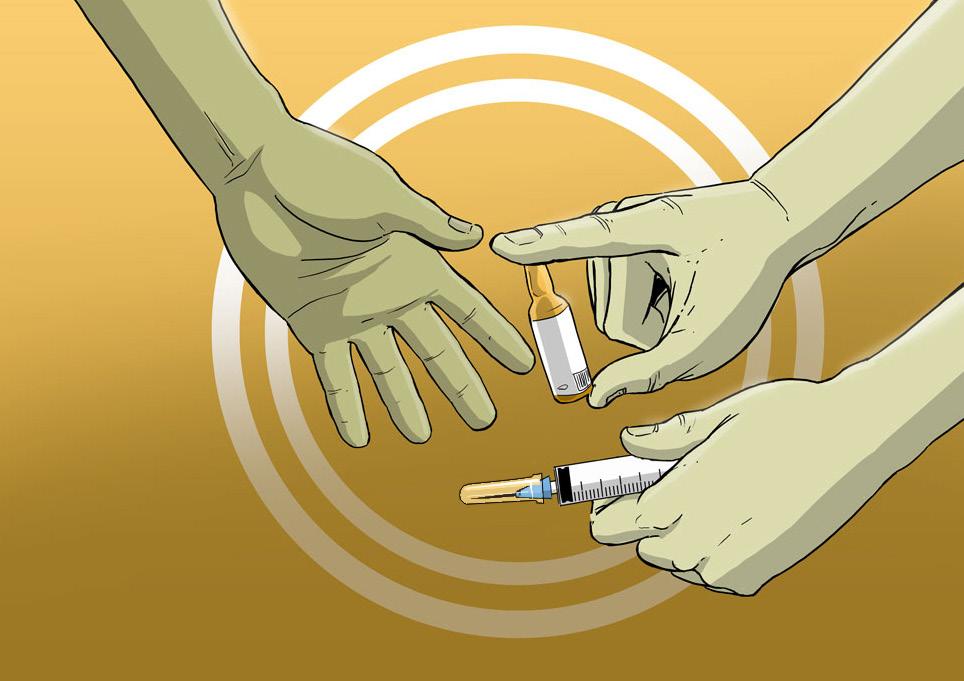
SHARING
BOTTLE/BLADDER
STEROIDS/PIEDS
HIGH RISK
SHARING STEROIDS/PIEDS BOTTLE/BLADDER
(PIEDS = performance and image enhancing drugs)
There are a few ways that blood-to-blood contact can happen when injecting steroids. The main risks are sharing equipment, sharing bladders, or letting someone help you to inject. Drawing up out of the same steroid vial as someone else is a risk for hep C if you re-use needles, syringes, vials, bottles or bladders as small amounts of blood can get pulled into the vial/bladder you share. Also, if someone is injecting themselves and then someone else, there could be tiny amounts of blood on their hands.
UNSTERILE TATTOO, PIERCING & OTHER BODY MODIFICATION
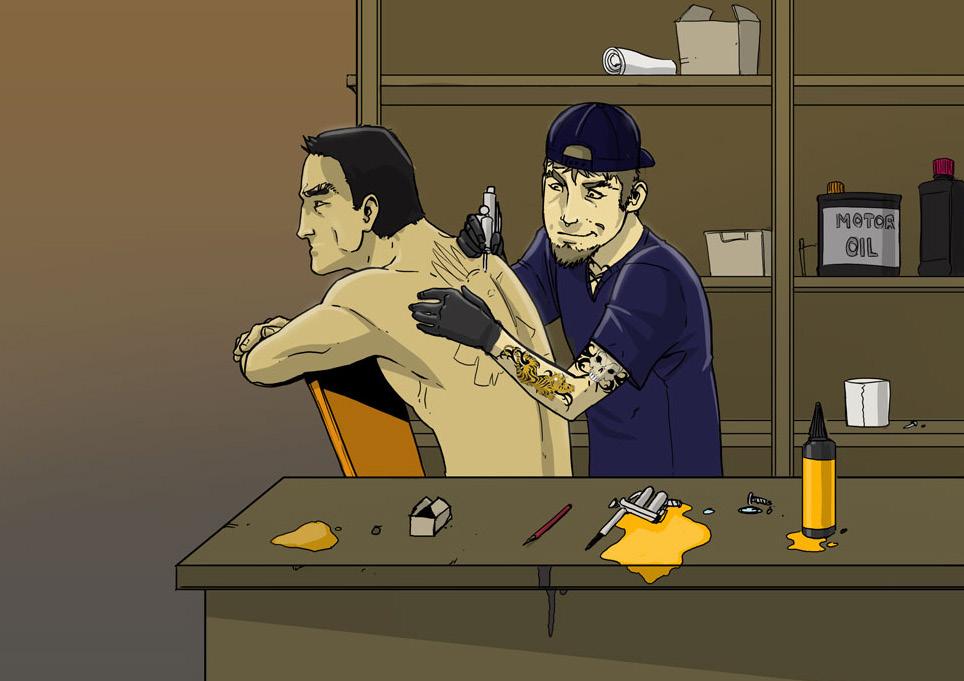
UNSTERILE TATTOO, PIERCING & OTHER BODY MODIFICATION
(ie scarification, traditional rituals etc)
Tattooing and body piercing are a risk because they involve bleeding and equipment coming into contact with that blood.
Tattooing and body piercing are not always carried out under sterile conditions and some tattooists do not have the right training and experience. Make sure that the tattooist opens all sterile packages in front of you and is willing and able to answer your questions about standard precautions and blood borne viruses.
Tattoo needles must not be reused.
HIGH RISK
SHARING A SYRINGE
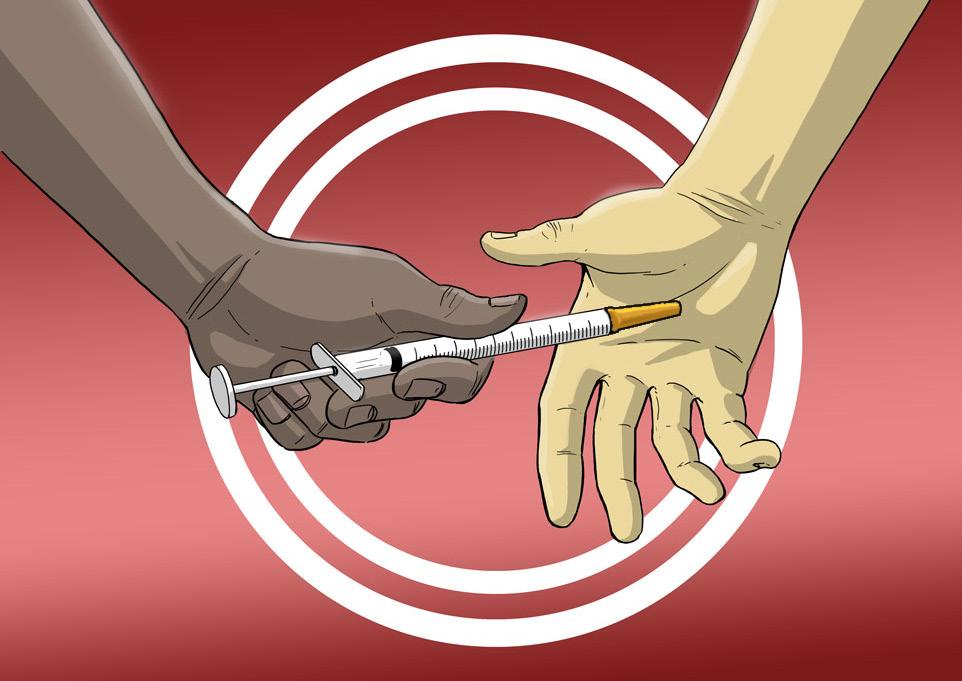
SHARING A SYRINGE The highest risk for hep C is through sharing needles and syringes when injecting drugs. Around 90% of new cases of hep C in Australia are from sharing injecting equipment. The best way to reduce hep C is through using new equipment available from the Needle and Syringe Program (NSP). Find out where your local NSPs are and always use your own sterile injecting equipment. If you’ve ever shared, get a hep C test. Hep C can be treated and cured. People who inject drugs can get free vaccinations for hep A and hep B. VERY HIGH RISK
NO RISK
VERY LOW RISK
MEDIUM RISK
HIGH RISK
VERY HIGH RISK


























